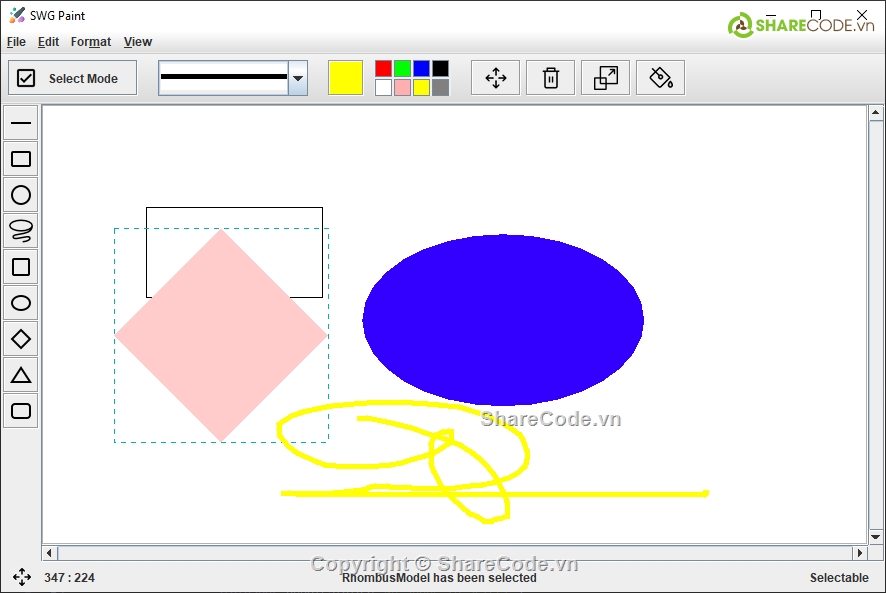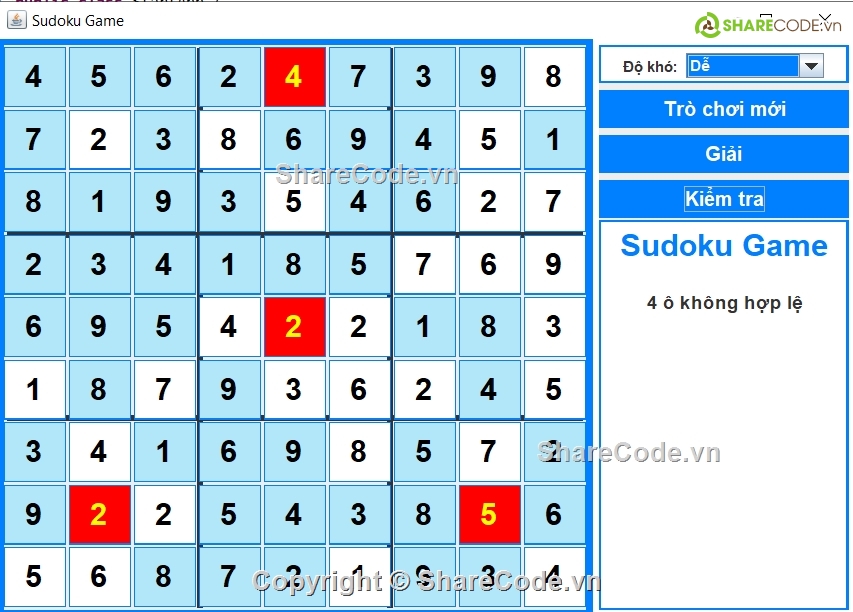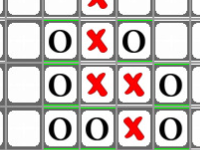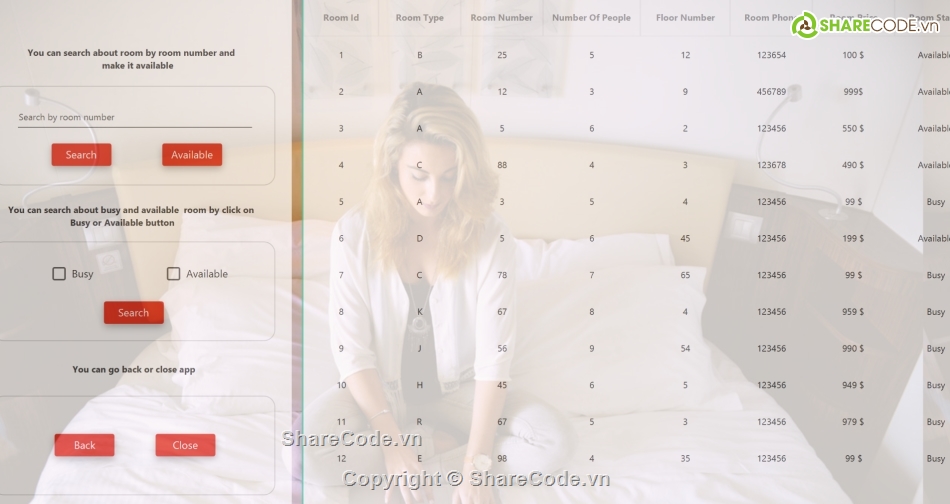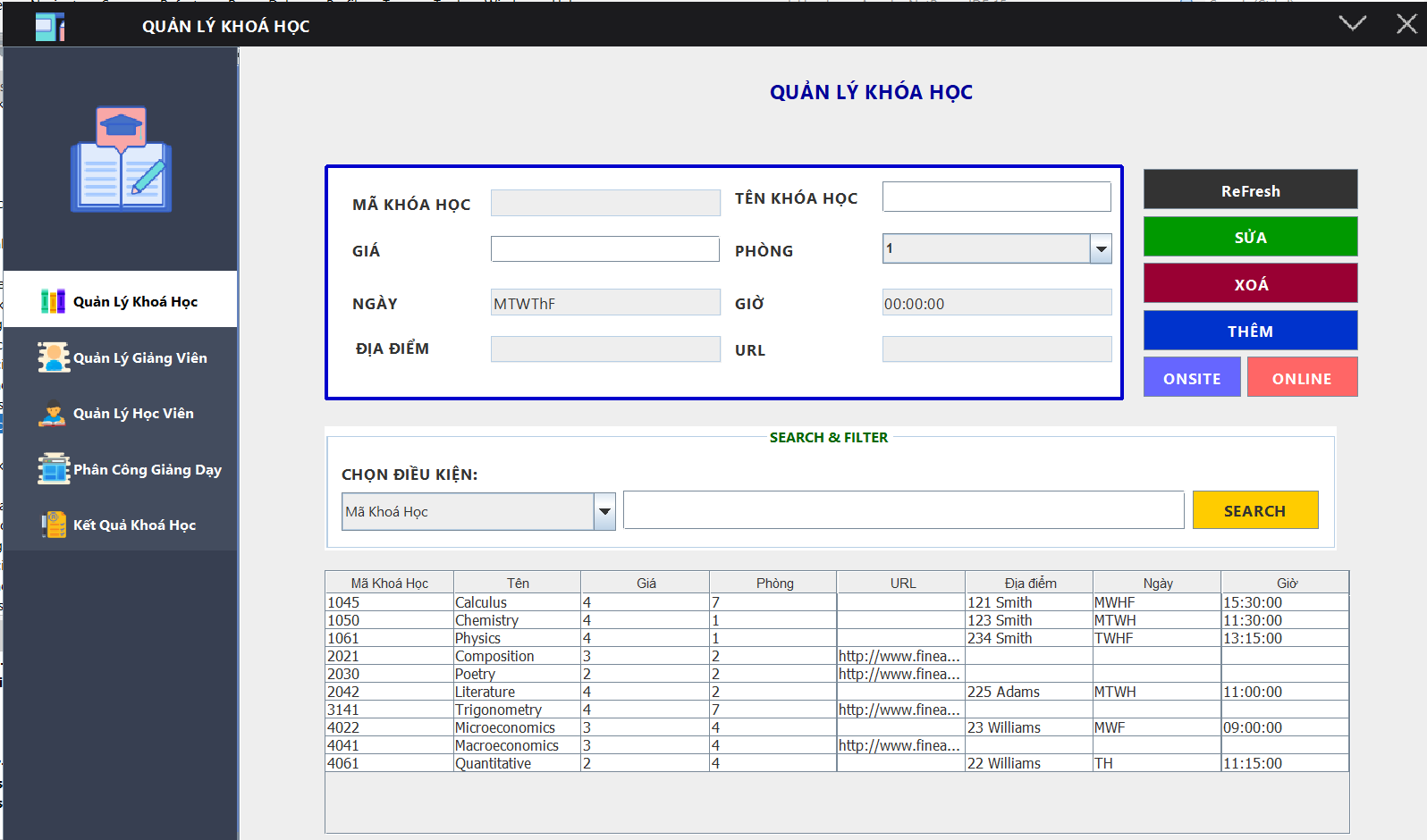
Build software according to the 3-layer model of course management + JavaSwing
3.9
0 Reviews
1070
Views
Build a course management software following the 3-layer model using Java Swing. Manage courses, students, and instructors with a well-structured and user-friendly desktop application.
- Build a Course Management System Using the 3-Layer Model and Java Swing: Create a robust and scalable **course management software** based on the **3-layer architecture** with **Java Swing** for the user interface.
- 3-Layer Architecture Breakdown: Organize the system into three distinct layers: **Presentation Layer (UI)**, **Business Logic Layer (Service)**, and **Data Access Layer (DAO)**, ensuring clear separation of concerns and improved maintainability.
- Presentation Layer with Java Swing: Design the **user interface** using **Java Swing** components, such as **JFrame, JPanels, JButtons**, and **JLabels**, for a clean and interactive experience.
- Business Logic Layer: Implement **business logic** for course registration, updates, deletions, and queries in the middle layer, allowing for smooth communication between the user interface and the database.
- Data Access Layer (DAO): Build a **Data Access Object (DAO)** layer that communicates with the database, handling all CRUD operations (Create, Read, Update, Delete) for **course data management** and **student records**.
- Database Integration: Connect the software with a **relational database** (such as **MySQL** or **PostgreSQL**) to store course details, student registrations, and related information efficiently.
- Student Course Registration: Allow students to **register, update, and view courses**, as well as track their progress in the course management system, using a **user-friendly interface** built with Java Swing.
- Admin Panel for Course Management: Create an **admin panel** where instructors or administrators can add, modify, and remove courses, manage student registrations, and view detailed reports.
- Course Enrollment & Scheduling: Implement features that allow students to **enroll in courses**, **view course schedules**, and **track their grades** using the **Java Swing** interface.
- Data Validation & Error Handling: Ensure that the system performs proper **data validation** and displays informative **error messages** in case of invalid inputs or database connection issues.
- Efficient User Experience: Design intuitive navigation for users, making the interface **easy to use** with clear forms, search functionalities, and organized layouts to manage course information efficiently.
- Modular & Maintainable Code: Follow **best practices for Java Swing development**, ensuring that the code is modular, easy to maintain, and extensible for future updates or additional features.
- Ideal for Java Developers: Perfect for **Java developers** looking to improve their skills in **Swing GUI development** and **software architecture** by building a real-world application based on the **3-layer model**.
- Free Source Code Available: **Access and use the complete source code** of this **course management software** as a reference or starting point for your own projects.
- Extendable & Customizable: Easily add new features such as **exam scheduling**, **grade tracking**, and **student notifications** to further enhance the system.


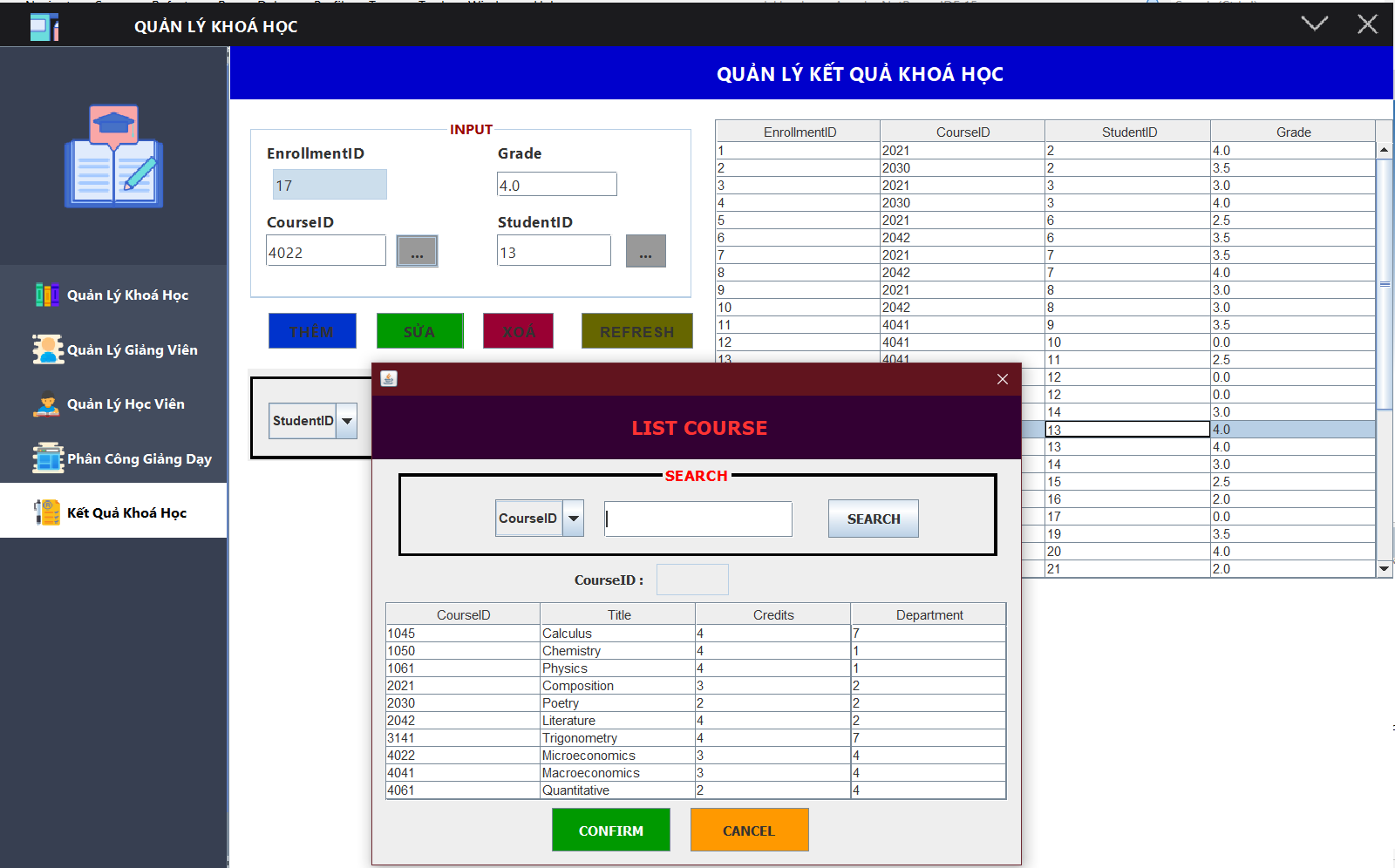
Review
No items found.


